Today, let’s have a short chat about the 100 views of Edo by Ando Hiroshige – one of the most famous Ukiyo-e series ever made in Japan. And – about a book that really sucks you into the topic of the Ukiyo-e world, into the beauty, the elegance and the desires of the flourishing world in and around Edo.
[can be considered as advertisement – not requested]
100 Views of Edo – Images of a City between Visual Poetry and Idealized Reality: I was really surprised to learn how many people seem to love this book. When I was posting the picture blow on Instagram I got several enthusiastic comments. Also friends of mine – sure I have many friends who love Japan the same as I do – talked very well about the wonderful oversized Coffee Table Book about Hiroshige. Astonishing, colorful, impressive just because of its large format.
But, pardon – what? A Coffee Table Book?
It quickly turned out that many of those enthusiasts that I know have considered this book as nothing more than a simple Coffee Table Book – just thumbing through the king-sized Hiroshige prints while enjoying a drink or just some minutes of leisure time. But, barely someone has ever READ this book. And this is definitely a pity. It is absolutely worth reading it!
In a nutshell I would describe this book as a perfect journey to Japan. It is a perfect journey in many kind of ways:
First of all, this book gives a short and entertaining introduction to diverse topics about Hiroshige and the Ukiyo-e world. We learn about the city of Edo (today’s Tokyo) as well as about the spirit and the desires of Edo’s inhabitants. We learn about the social situation at those times and about how these prints reflect it, about Hiroshige and his impact on art in those days, about his publisher, about how to make woodblock-prints and so on. This chapter offers a wide range of useful context on what is called the “Floating world” – the transient pleasures of a city celebrating itself. I would assume this chapter already tempts you to dive into your first journey – understanding Hiroshige and his world.
The second part of this book consists of short explanations about each and every print. And here it’s getting really cool. Hiroshige invites us to a journey through 100 beautiful places in and around Edo. Maybe it should be mentioned that Hiroshige presented an Edo of manifold attractions, for sure not always depicting the real ancient world. He definitely wanted to attract his audience with pictures of unspoilt idylls and prosperity. And yes, it was a selling argument.
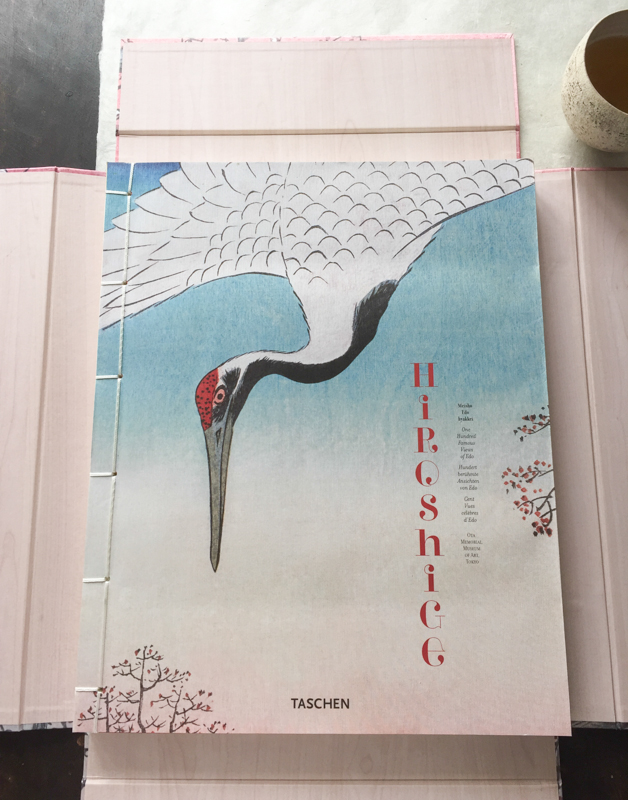 All those 100 locations are marked in a simple map where you can easily follow the journey. You might be surprised that many prints show places that we still know from today’s Tokyo, e.g. the famous Nihonbashi bridge, Ueno, Hibiya, Meguro or Hiroo. The prints carry titles like Nihonbashi: Clearing after Snow or Kiyomizu Hall and Shinobazu Pond at Ueno.
All those 100 locations are marked in a simple map where you can easily follow the journey. You might be surprised that many prints show places that we still know from today’s Tokyo, e.g. the famous Nihonbashi bridge, Ueno, Hibiya, Meguro or Hiroo. The prints carry titles like Nihonbashi: Clearing after Snow or Kiyomizu Hall and Shinobazu Pond at Ueno.
Each print comes along with a short description and some background about the scenery which is seen, e.g. about the famous Nihonbashi, the “Bridge of Japan”. Did you know that since 1603 the Nihonbashi was the official point from where all distances in the country were measured? You can imagine that all those 100 stories will tell us a lot about ancient Tokyo – which is amazing.
Besides, you make a journey back in times. This book opens the window to the Tokyo of the 1850-60s, which was already a two-million-inhabitant city at that time. But, we are talking about scenery with no asphalt or electric light, men and women wearing Yukata and Kimono, with fire observers sitting on watch towers all over the town, having a constant eye on houses made of wood and paper. You can easily let your imagination flow through the lively city of Edo 200 years ago. Therefore, let’s have a look at the print of Nihonbashi again. According to the tradition in the 1850s a fish-marked was located close to the Nihonbashi-bridge. And indeed, Hiroshige shows the fish-market close to the riverside. Visitors of today’s Tokyo might know that some of the most expensive department stores are now located right and left to Nihonbashi. This is just funny. Although we know that Hiroshige has never visited all those places, although we know that many prints are more imagination than reality, it’s nice to let imagination flow. Playing with the idea on how it could have looked like is presumably the most joyful and impressive journey of this book.
What’s nice as well: this book always comes along in 3 languages. My version is English – German – French. I guess other combinations are available as well. The book is available in two formats, the king-size version and a smaller one.
And what about the topic of Meisho-e? Well, those who know me may have to laugh a little now. Yes, maybe you know that I’m a fan of naming prints as what they are instead of calling all of them just Ukiyo-e. In this case we are talking about prints depicting landscapes, meaning Meisho-e. Meisho-e are considered to be a special category among the genre of Ukiyo-e, spreading not much earlier than the 1760s. More about the differentiation of Ukiyo-e and other kind of Japanese prints in my article Printed Japan.
And now? What is the final resume? I like this book. Of course, it does not offer a very deep dive to the Ukiyo-e world or the cosmos of woodblock printmaking. If you are searching for this, I would consider a textbook like Images from the floating world by Richard Lane. But, if you are a fan of Hiroshige and if you want to have an entertaining and joyful first dive into the Ukiyo-e world, 100 Views of Edo should be absolutely the right thing for you. This book is beautiful. The pictures are great. Have fun and be inspired.
Hiroshige. One Hundred Famout Views of Edo, Melanie Trede and Lorenz Bichler, Taschen Verlag, Köln 2007
By the way: Have you read this book? What do you think about it? Feel free to leave me a comment by scrolling down this page.
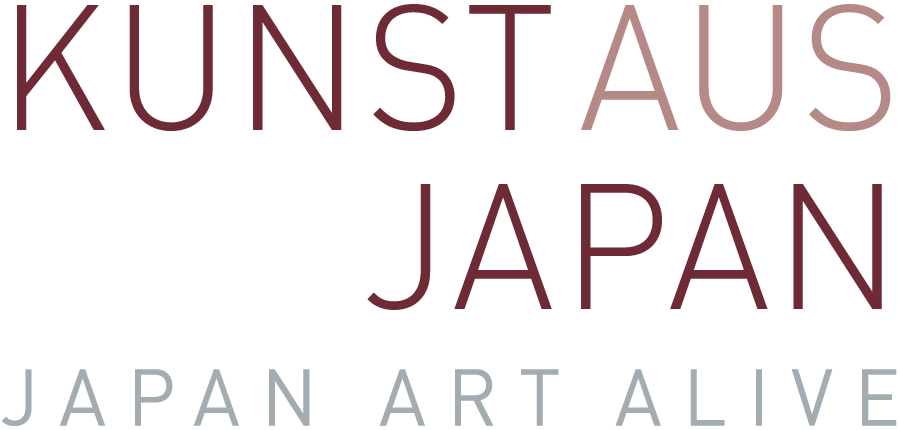

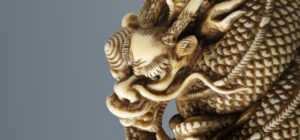
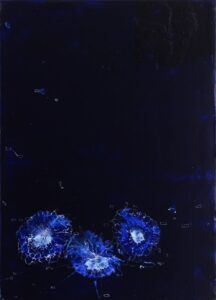
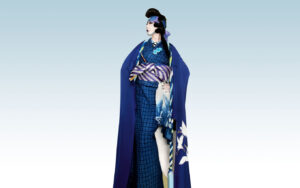

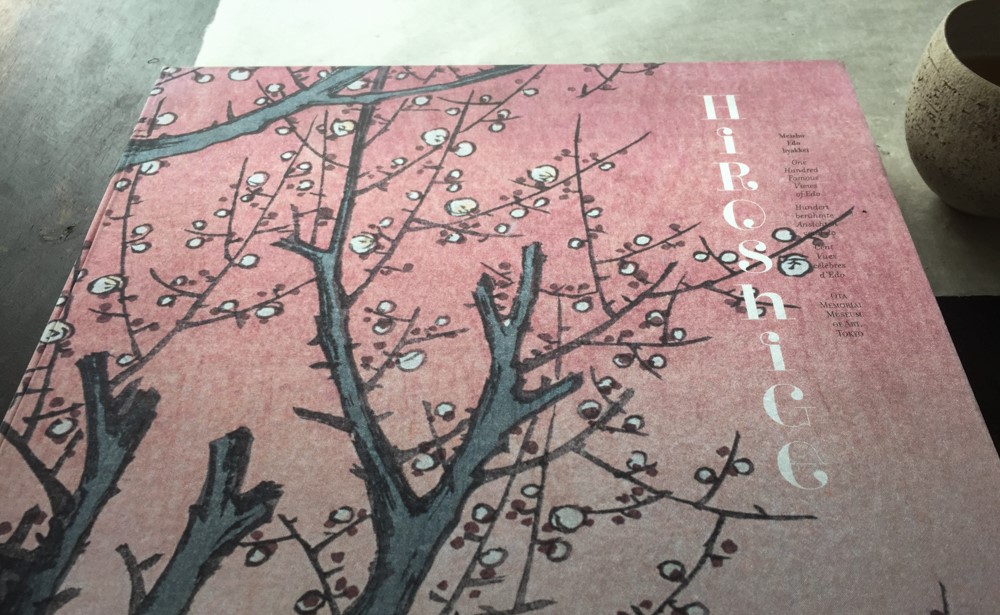
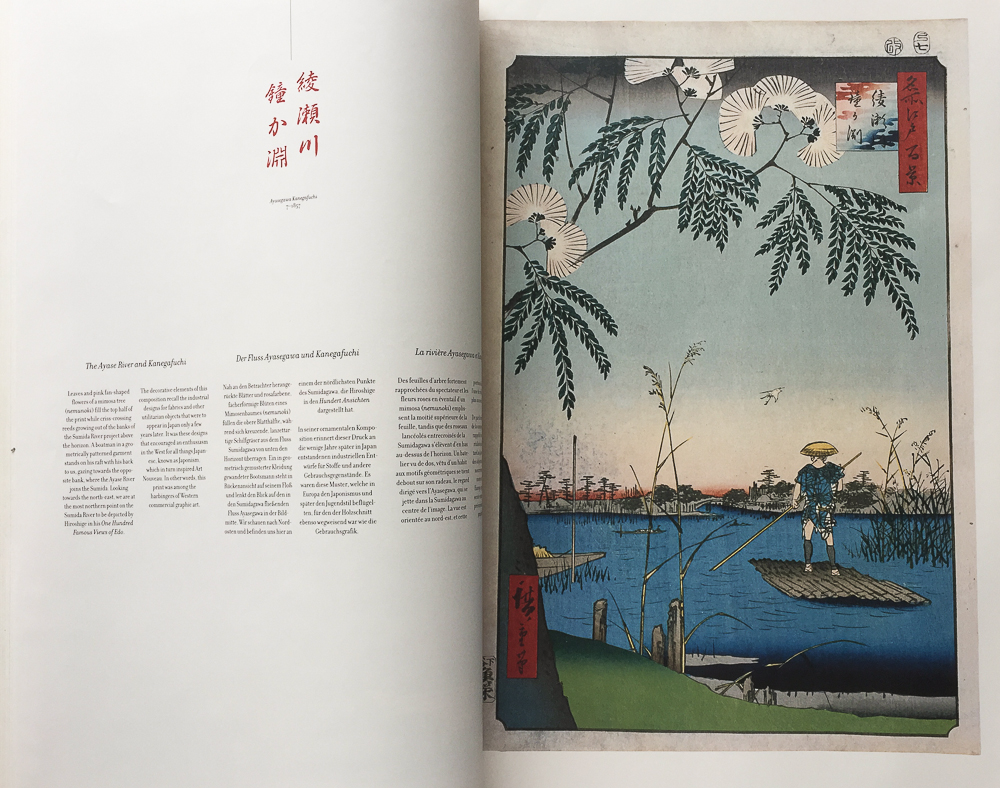
Schreibe einen Kommentar